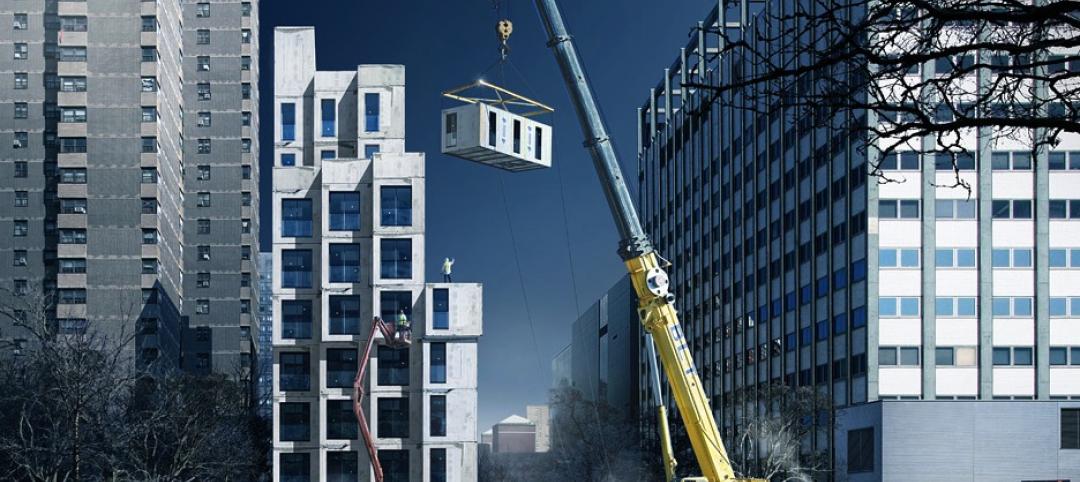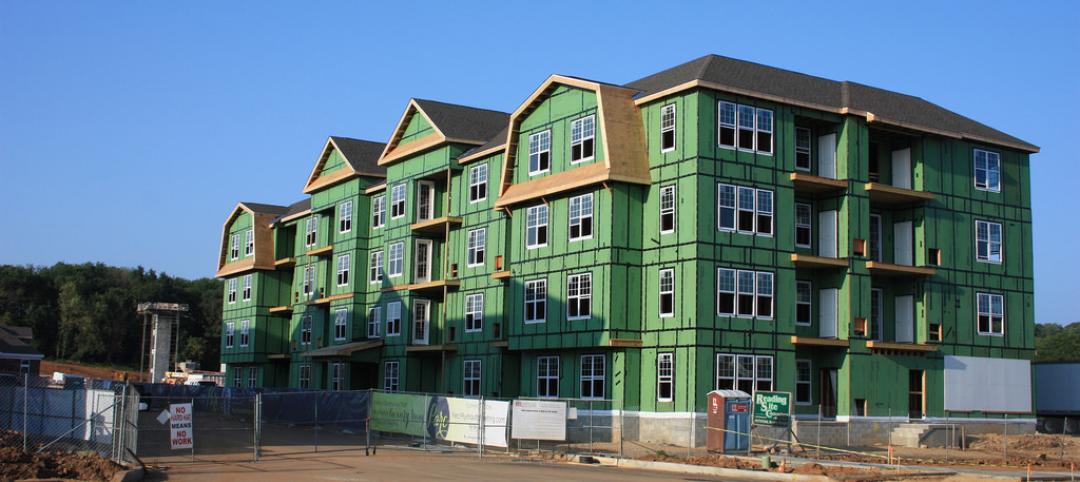Starting in 2024, the electric bills of most Californians could be based not only on how much power they use, but also on how much money they make. Those who have higher incomes would pay more; those with lower incomes would see their electric bills decline.
A law passed last year in California requires state utility regulators to devise a plan for charging customers income-based fixed fees as part of their electric bills by July 2024. If California goes ahead with this plan, it would be the first state to enact such a change.
The income-based billing concept has provoked strong debate as advocates and opponents argue over whether such a measure would encourage or discourage adoption of sustainable technologies such as solar panels backed with battery systems, electric vehicles, and heat pumps. Opponents include supporters of green technology who fear such a change would discourage customers from investing in new technology to reduce their electricity usage, according to a report in Grist. They say higher costs spur more people to use electricity more efficiently.
Supporters of income-based electric bills say just the opposite: reducing utility costs for lower income individuals could actually encourage them to use the savings from lower bills to install heat pumps and buy EVs.
A key point in the debate revolves around cost related to things that are not linked to usage such as burying electric supply lines to reduce wildfires. Such expenditures are passed on to all customers regardless of the amount of power they consume.
Both sides can agree on one thing: customers are already fed up with rates that have been rising at three times the rate of inflation in recent years. And, escalating electric bills are almost a certainty in the foreseeable future.
Related Stories
Multifamily Housing | Nov 5, 2015
Architects propose residential tower in Singapore with gardens on every floor
Imagine a high-rise with lush greenery on every floor—that’s the design Ingehoven Architects and A61 propose for Marina One, a series of residential towers in Singapore.
Multifamily Housing | Nov 4, 2015
Labor City: The Qatari complex for 70,000 migrant workers opens
The project is just one of seven house complexes built by the government for the country’s approximately 260,000 labor migrants.
Architects | Oct 27, 2015
Top 10 tile trends for 2016
Supersized tile and 3D walls are among the trending tile design themes seen at Cersaie, an exhibition of ceramic tile and bathroom furnishings held in Bologna, Italy in October.
Multifamily Housing | Oct 27, 2015
Multifamily building in downtown Montreal is being built from the roof down
The method eliminates the need for scaffolding and cranes.
Modular Building | Oct 22, 2015
My Micro NY will soon be New York's first micro-apartment building
The Manhattan modular building will be completed in December and will contain apartments with low rents, but small space.
Architects | Oct 20, 2015
Four building material innovations from the Chicago Architecture Biennial
From lightweight wooden pallets to the largest lengths of CLT-slabs that can be shipped across North America
Multifamily Housing | Oct 20, 2015
Builder confidence rises on multifamily’s strength
Starts and completions were up solidly in September, but permits are leveling off.
Multifamily Housing | Oct 16, 2015
Textile factory turned multifamily has train tracks running through it
The Counting House Lofts is a 200-year-old building that still has its train tracks, exterior train bay doors, and a watch house tower.
Multifamily Housing | Oct 15, 2015
Montreal apartment is world’s largest residential cross-laminated timber project
Its 434 condo, townhouse, and rental units in three eight-story buildings are made from sustainably harvested wood turned into panels by Canadian company Nordic Wood Structures together with the Cree Nation in Chibougamau.
Sponsored | Multifamily Housing | Oct 15, 2015
Apartment takes progressive turn in architecturally traditional D.C.
The new Lyric 440K Apartments is a 14-story structure housing 234 one- and two-bedroom units in the heart of D.C.'s up-and-coming Mount Vernon Triangle

















